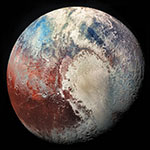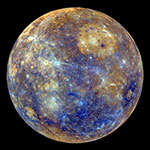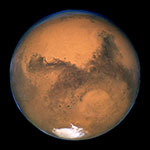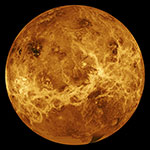The Masses Of Planets In Our Solar System
Mass refers to the amount of matter contained within an object. In the context of planets, mass represents the total quantity of material comprising the planet, including its core, mantle, and outer layers. It is a fundamental property that defines the planet's overall size, density, and gravitational influence.
The mass of a planet is typically expressed in terms of kilograms (kg) or Earth masses (M⊕), where one Earth mass is equivalent to the mass of the Earth, approximately 5.97 × 10^24 kilograms. Mass can also be compared relative to the Sun's mass, with one solar mass equal to approximately 1.989 × 10^30 kilograms.
The mass of a planet influences various aspects of its behavior and characteristics. Firstly, it directly determines the strength of the planet's gravitational force. A planet with a larger mass will exert a stronger gravitational pull on objects near it. This gravitational force keeps the planet's atmosphere intact and affects the orbits of satellites and other celestial bodies around it.
Secondly, the mass of a planet is closely linked to its size and density. Generally, larger planets tend to have greater mass because they contain more material. The mass and density of a planet contribute to its internal structure and composition, influencing factors such as its core composition, presence of a magnetic field, and geological activity.
The mass of a planet also plays a role in its overall atmosphere and the escape velocity required for objects to leave its surface. Higher mass planets typically have denser atmospheres that can retain gases more effectively. Additionally, the escape velocity, which is the speed necessary to escape a planet's gravitational pull, increases with mass. Larger planets require higher escape velocities to overcome their stronger gravitational forces.
| Name | \(10^{24}\) kg | \(10^{21}\) tons | Ratio To Earth | |
|---|---|---|---|---|
| Pluto |  |
0.013 | 0.0144 | 0.0022 |
| Moon |  |
0.073 | 0.081 | 0.0123 |
| Mercury |  |
0.33 | 0.364 | 0.0553 |
| Mars |  |
0.642 | 0.707 | 0.107 |
| Venus |  |
4.87 | 5.37 | 0.815 |
| Earth |  |
5.97 | 6.58 | 1 |
| Uranus |  |
86.8 | 95.7 | 14.5 |
| Neptune |  |
102 | 113 | 17.1 |
| Saturn |  |
568 | 626 | 95.2 |
| Jupiter |  |
1898 | 2092 | 317.8 |
| Sun |  |
1,988,500 | 2,191,946 | 333,000 |

